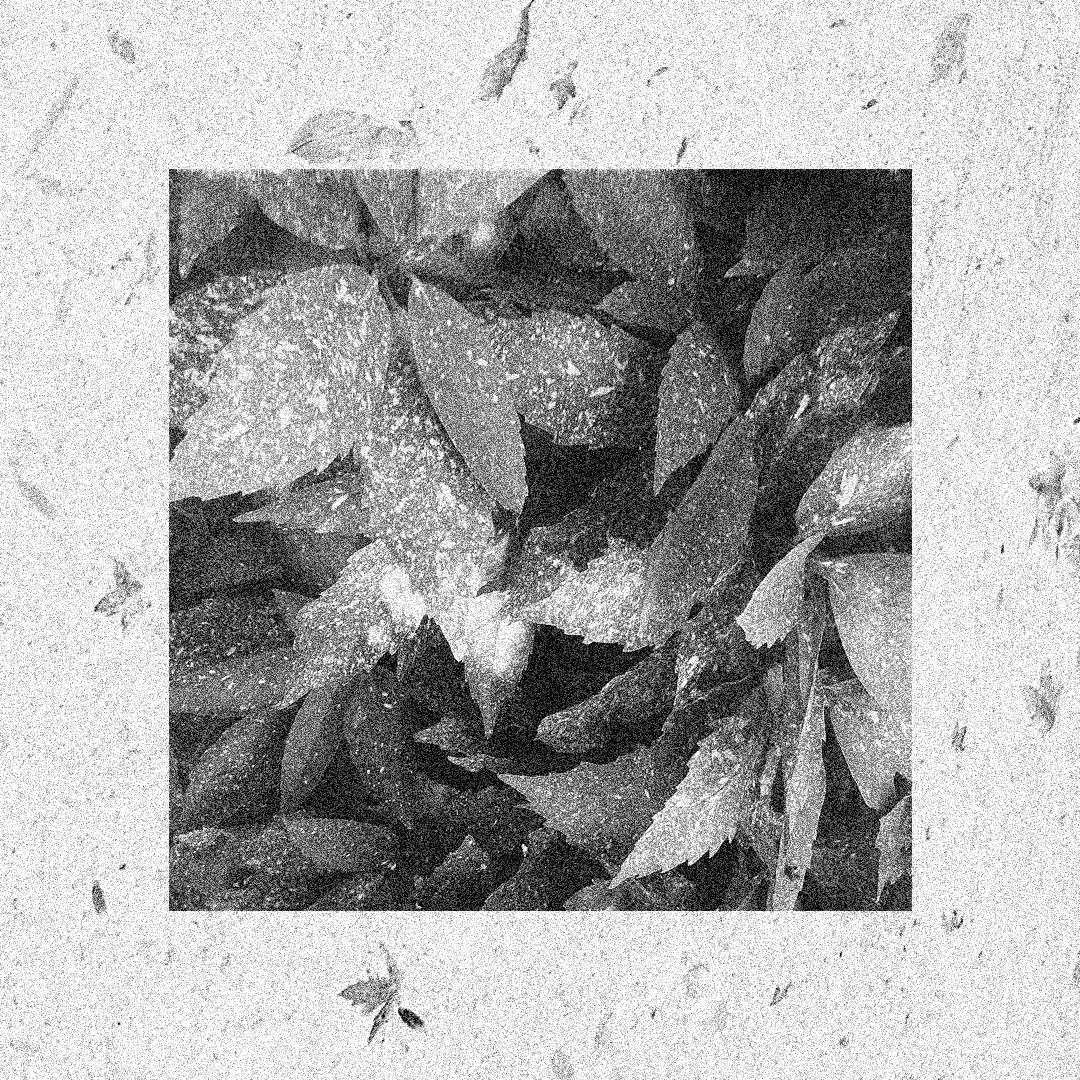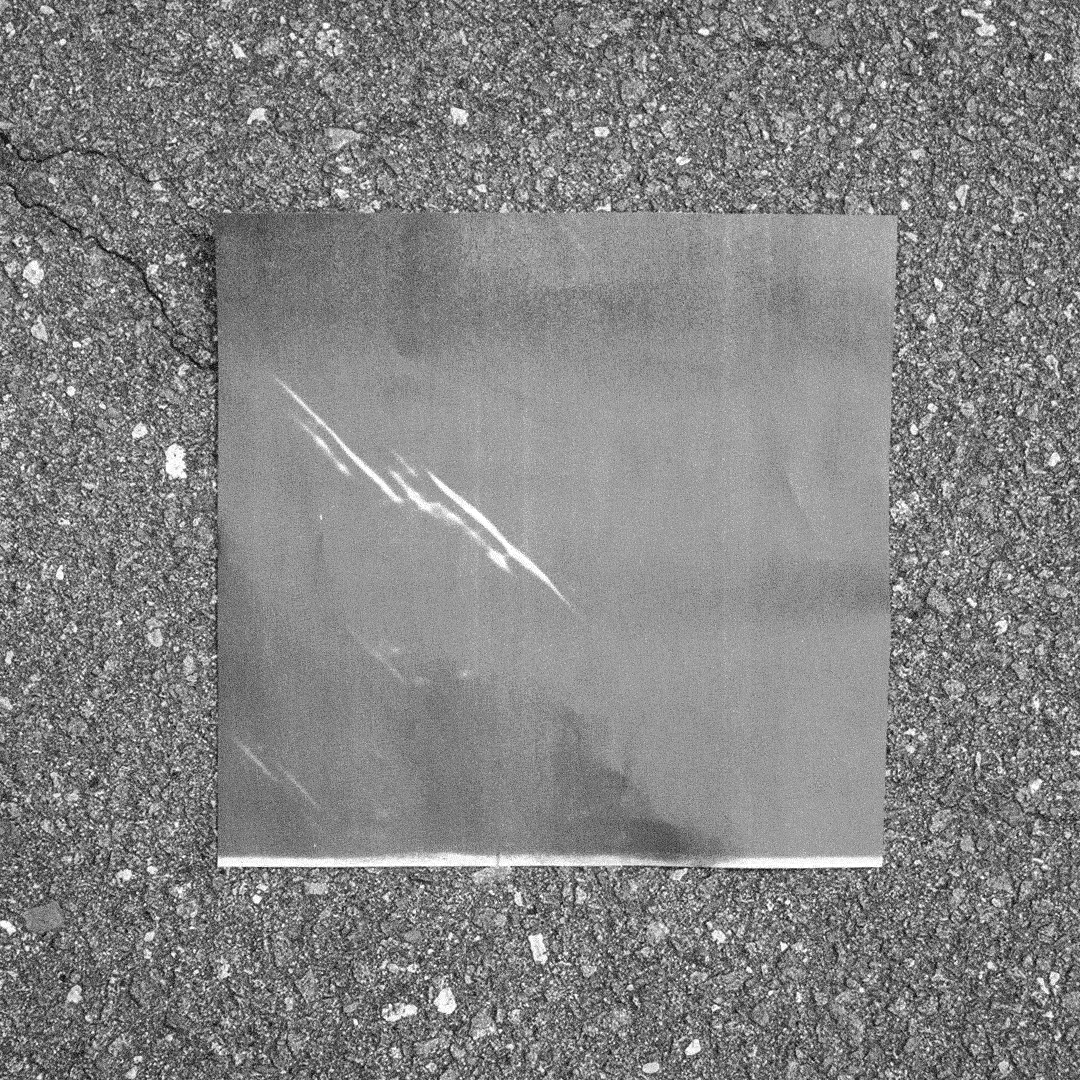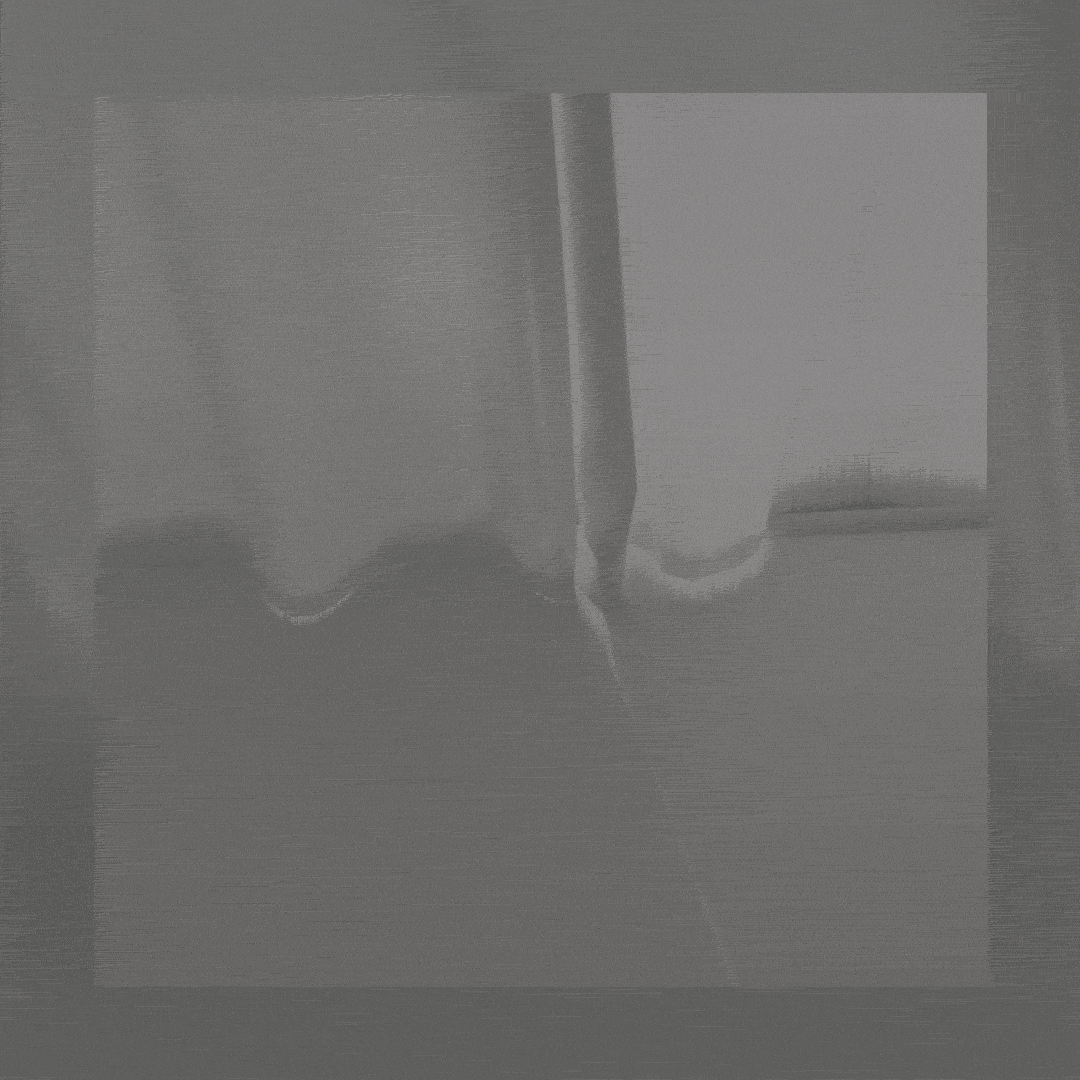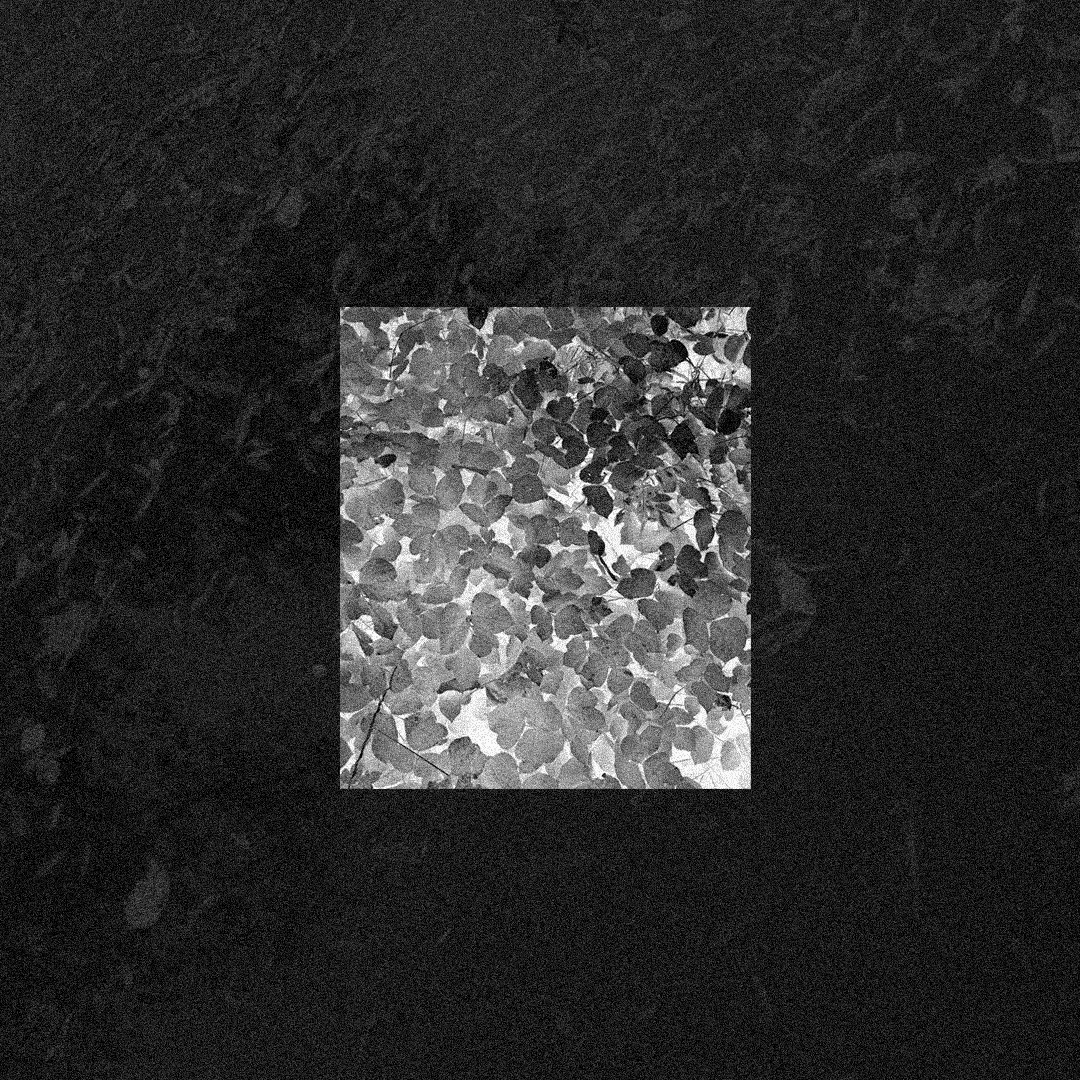- New Geographic
- Eric Hurtgen / Dan Romanoski
- Charlotte / Minneapolis
- Website | E. Hurtgen | D. Romanoski
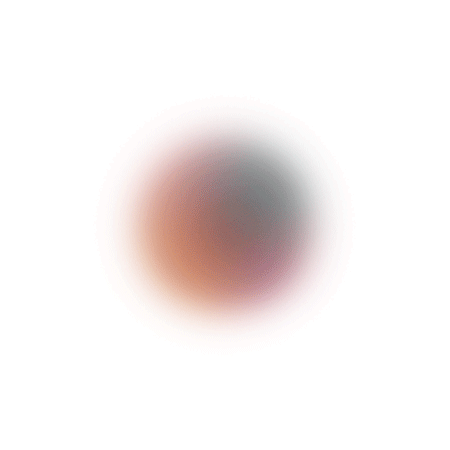
CF: What is New Geographic? How did your collaboration begin?
Eric: New Geographic was started out of mutual curiosity—we started back in 2011 when gifs were still primarily for memes and funny things to pass around to your friends at work or school. We were both working together at the time and had similar tastes in music and art so it just made sense that we’d start a project together. We’ve done other things too—like throwing art parties or whatever. Mostly spending money and not making it back.
Dan: I think it started as a place for us to play and experiment outside of our normal design work. Back when we were working in the same office we would fill the down time with little projects to help learn new techniques or try something totally different than the every day stuff. Through that we both discovered an interest in the gif format and decided we should put all of our experiments somewhere. And over a few years of working and discussing, New Geographic now serves as a conceptual umbrella for us to make new work under. It helps give us a direction. I still see it as a place to “break” things too.
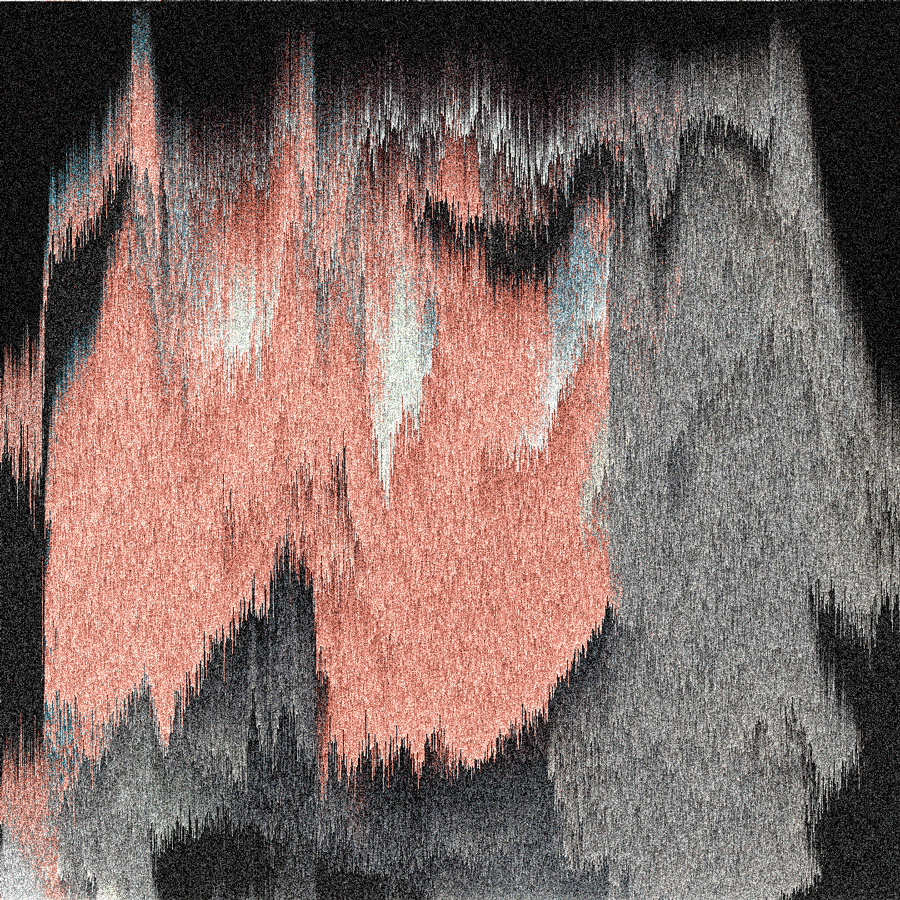
CF: How does you collaborative process work? You both live in different cities, does that make it easier or harder to work on new pieces?
Dan: We work on pieces individually and then send them to each other for feedback and critique before posting. So I think that’s where the real collaboration comes in. We also developed this conceptual framework together, but I think even within that there’s a lot of individuality in our work. Two different viewpoints and filters that the work is going through. It works pretty easily long distance since most communication is through email or text. Although, I don’t know if it ever would have started if we hadn’t been working in the same physical space like we were.
Eric: Yeah, I agree, the collaborative process for New Geographic is really more in the way we discuss the work and provide critiques for each other’s work. I did want to add that there’s never been any conscious effort to keep any of the work visually similar, but I know that it kind of happens occasionally—there seems to be a continuity to the work at points. I think one aspect of the collaboration is that it’s been a visual conversation between the two of us, so if certain themes do emerge, it’s the byproduct of that conversation, not any overarching intentionality.
Dan: Oh yeah. I think the conversation between pieces is a big part of it. It’s probably the biggest way we end up evolving our techniques and aesthetics and refining our framework. More so than with emails I think.
“Gifs are kind of ancient in internet terms, but they typically have a very short shelf-life. No one takes them seriously, really”
CF: Why do you find the GIF format so interesting? Are there any drawbacks of working exclusively in this format?
Eric: A gif is so mundane in some ways—so much more basic than other forms of animation. Gifs are kind of ancient in internet terms, but they typically have a very short shelf-life. No one takes them seriously, really. Maybe they do now, I don’t know. But at least when we started they were mostly just dumb. So that immediately made it interesting to me. The second thing I think is that sense of the sublime that a gif kind of possesses—by that I mean, if you program the animation accordingly, they just go on forever. So they’re eternal in this weird sense. That’s interesting to me too. The biggest drawback is maybe their lack of physicality. But that’s also what attracts me to them as a medium.
Dan: Initially, I was really drawn to the repetition. I think it ends up falling somewhere between an image and a video; a moving image I guess. And once its uploaded, it’ll repeat over and over again until the file is deleted. So as long as it’s on-screen it’s infinite. That infinity is what really interests me right now. I also really like the idea of using something so normal for art. A gif is commonly used as a meme, or a joke, or something else silly. I really like being able to use something like that as an art medium. I think it’s also interesting how it’s just light. No matter where it exists, whether on tumblr, on a tv, or a projection on a wall, it’s still light. It’s dependent on a source for it’s existence. Which might also be their biggest drawback, there’s nothing physical.
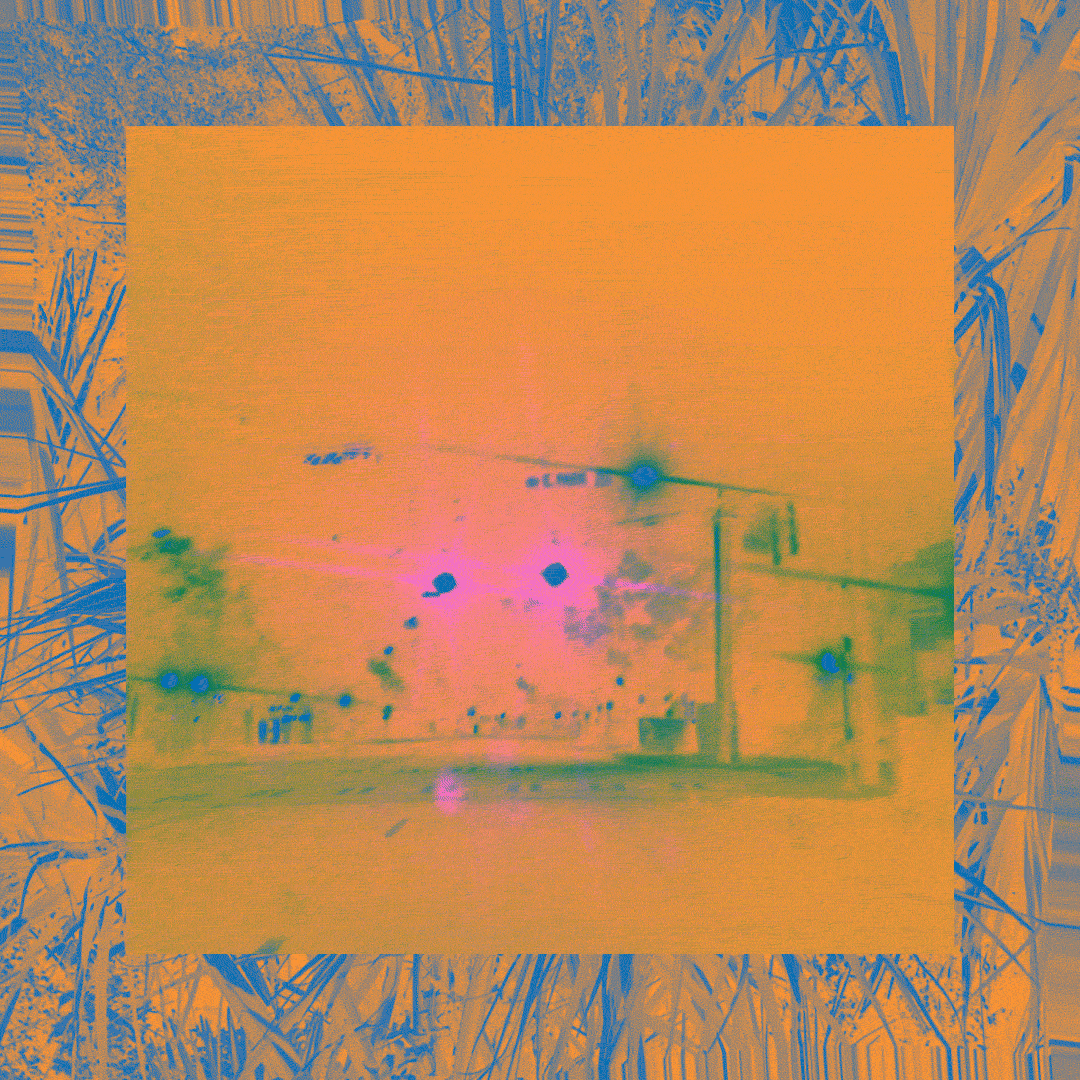
CF: What is your favorite thing about living in Charlotte and Minneapolis respectively?
Dan: I actually just moved to Minneapolis a few months ago to start a graduate program here. I haven’t had a lot of time to explore or meet people yet, but so far the art and design community seems really close and supportive of each other. And also much larger than you would think for a city this size. But I particularly enjoy that it’s a city where I can be a 10 minute walk from the Walker Art Center and a one minute walk from late night pizza.
Eric: I’ve been in Charlotte for a few years and love the community here. The creative community is kind of small and scrappy but it’s been tight knit over the years even as people have come and gone and for the most part everyone wants to see everyone else succeed. Also, it’s not a hugely expensive place to live so it makes it more affordable for someone like me to make work on a more consistent basis. That said, I do miss Dan.
“We’ve done other things too—like throwing art parties or whatever. Mostly spending money and not making it back”
CF: If you could soundtrack your work, what would you choose?
Dan: Cubby, Joshua Cotterino
Eric: Yeah, definitely. We actually collaborated with Cubby on a piece earlier in the year for a video project. Was a lot of fun.
CF: Earlier this year New Geographic had a physical exhibition at CPCC in Charlotte. How well do GIFs translate to a physical setting? Do you have any plans for future exhibitions in the pipeline?
Dan: I think they actually do really well, but they need to be treated differently than when it’s just for on-screen. I was a little disappointed when I saw them up on the walls and that was it. There are so many ways we could be taking advantage of the projector, and I think we needed that first exhibition to realize it. Thinking more about the physical environment the gif will exist in is probably the next step for us. Aside from that, I know we want to do more exhibitions soon and are currently looking for opportunities.
